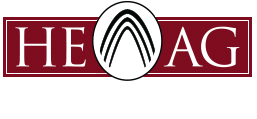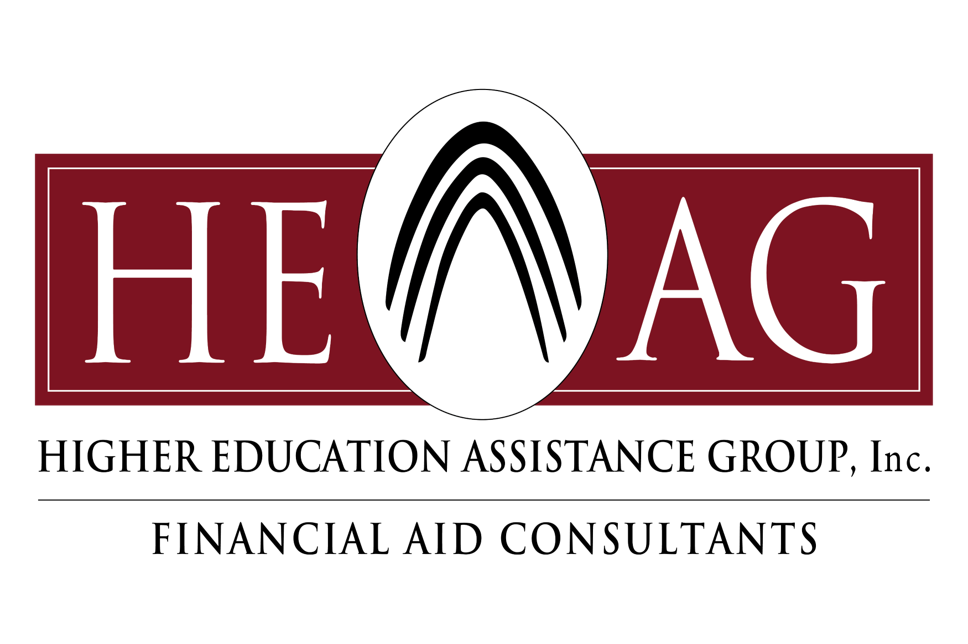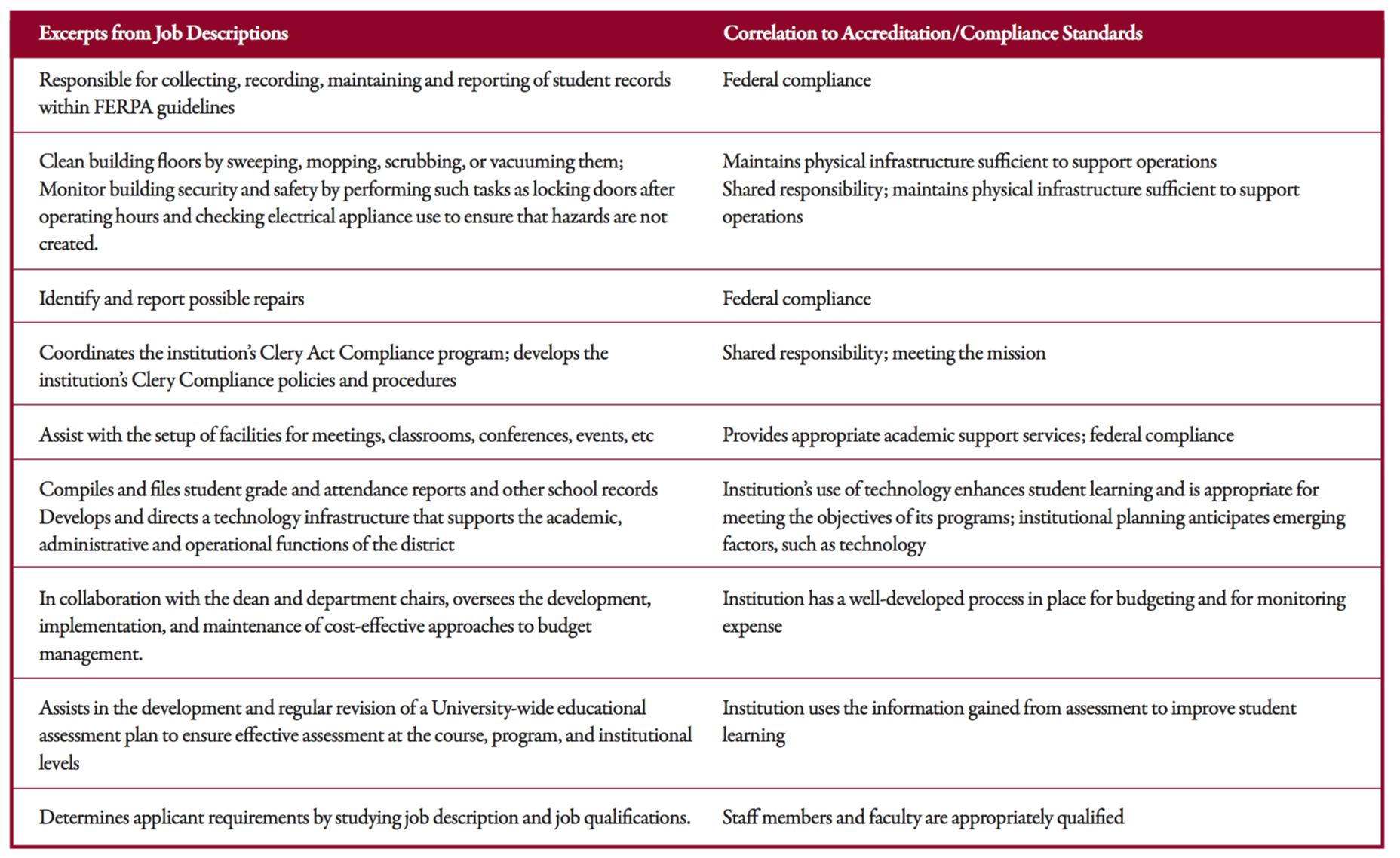Accreditation and Compliance Standards
At the forefront of education is the notion of accountability. Whether post-secondary or secondary, at 
Just the thought of these questions causes stress and anxiety for many. Instead, you need to keep calm and let your stars shine. Your organizational stars, (outcomes, assessment, success, and accountability), are basically all you need to demonstrate compliance. Sure, this may be a simplistic view of looking at compliance, yet it is a comprehensive view and when presented in an organized fashion, gives any external agency evidence of organizational effectiveness.
Organizational Effectiveness
The main components in which a school is audited to demonstration organizational effectiveness are:
- Mission
- Integrity
- Quality of education
- Assessment of education and services
- Fiscal responsibility
- Statutory law
Regional and national accrediting agencies have variations of standards, criteria, and assumed practices that can be summarized under these six overarching areas of compliance. With that said, accreditation and compliance are not events where the school’s emphasis is put on mass productions of work in a short time period. Meeting accreditation and compliance standards occur ongoing through the day-to-day operation of the school.
Compliance Done Right Provides Opportunities to Showcase Stars
Some myths are compliance adds tremendously to the workload, compliance takes too much time, and compliance is very expensive. The reality is, compliance done right, provides opportunities for everyone on campus to showcase their stars, (outcomes, assessment, success, and accountability). Everyone on campus, on a daily basis, works towards some stars (outcomes, assessment, success, and accountability) whether formal or informal. What often falls through the cracks is the acknowledgement of the work and even the awareness of how the work is related to accreditation and compliance. As a result, when the time comes to prepare a report or site visit, “the myths†defined as a widely held but false beliefs or ideas, quickly becomes reality.
Everyone Has a Role in Meeting Accreditation and Compliance Standards
Another myth is accreditation and compliance is the responsibility of management. The reality is everyone on campus has a role in meeting accreditation and compliance standards. As aforementioned, defining and acknowledging these roles are often left to chance. Absent an clear plan, the development of events required to document the stars and create a solid body of evidence are likely not going to happen. Demonstrating everyone’s role in processes is not as difficult as one may think and can be done using existing tools. As examples, everyone has a job description that list duties and responsibilities. However, very few job descriptions correlate the duties and responsibilities at all levels to mission, accreditation, and compliance. Imagine if they did and if the information was covered in employee orientations and in-service trainings. These would be high impact practices to ensure that everyone in the organization understands how their job helps in supporting the mission and meeting compliance. If any job does not support the mission and compliance, why is it there?
Documenting Outcomes, Assessment, Success and Accountability
As everyone in the organization becomes keenly aware of their role, the myth that compliance is only management responsibility dispels and a more cohesive team emerges. Everyone should be able to articulate and document their goals and outcomes. They should be able to articulate the assessment methods in their areas of responsibility; if in the classroom, assessment of student learning outcomes and academic programs; if in a support or administrative unit, assessment will show how they know they performed well and produced stated outcomes. How well did the services meet the needs of the students and customers? How are departments meeting accountability? Often, through verbal interviews, faculty and staff boisterously describe the work they do in/out of the classroom and how it prepares students for the future. Capturing this information in a written systematic manner is more of a challenge, but it is  being done successfully all over the nation. There are far more success stories than are failures. Keeping in mind the premise for compliance is measuring student achievement and holding schools accountable, every audit and/or site visit yields opportunities for promoting excellence and success holding steadfast to the intuitional commitment to students. With organization and planning, teams can turn the perceived distress and torment of compliance into delight and joy of demonstrating jobs done well. Document your outcomes, assessment, success, and accountability and let these stars shine.
Again, everyone has a role, including students. Students need to be aware of important facts that they control and influence. For example, the college’s loan default rate directly correlates with the students’ repayment of student loans. If the loan default rate, due to students not repaying, reaches a certain percentage, then the college is at risk of losing program privileges which means future students may not have a student loan program. Students should also be accountable for providing feedback to the college regarding their student experience. Many students do this through participation in surveys and participation in academic program reviews. Students are also responsible for following federal and state statutes and being ethical in all dealings with the college.
Why is it so important to do these things? Perhaps before reading this article your response may have been because “they†said we had to do this to meet compliance standards. However, in gaining new perspectives about compliance and accreditation,  better response would be,“We do this for the success of our studentsâ€. In your own role, “I do this because I add value to my college, acting with integrity, and producing outcomes that meet compliance and reduce riskâ€. As institutions continuously prepare for future challenges, it is imperative to accept the realization that this is not just the president’s job. Everyone has a role and must continue to accept these challenges.
Accountability and Distribution of State and Federal Dollars
Obviously, the rising academic and administrative standards are fluid with new key indicators and metrics being introduced each year. It is also obvious that in the future, more levels of accountability will be directly correlated with the distribution of state and federal dollars. The fact is, participation in the accreditation process is voluntary and some programs such as participation in Title IV are voluntary. Institutions apply and ask to be a part of these programs and as such agree to follow the terms and conditions of participation.
Please contact us if you would like to discuss how HEAG can help your school meet compliance or accreditation challenges.
About Dr. Erica Holmes







